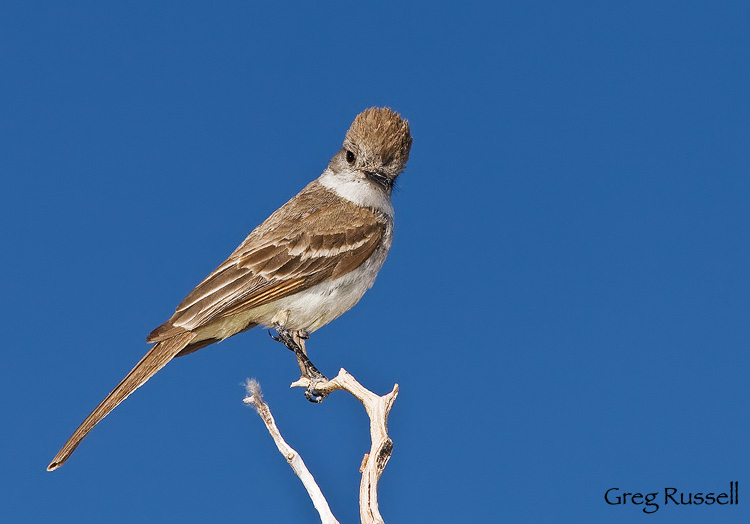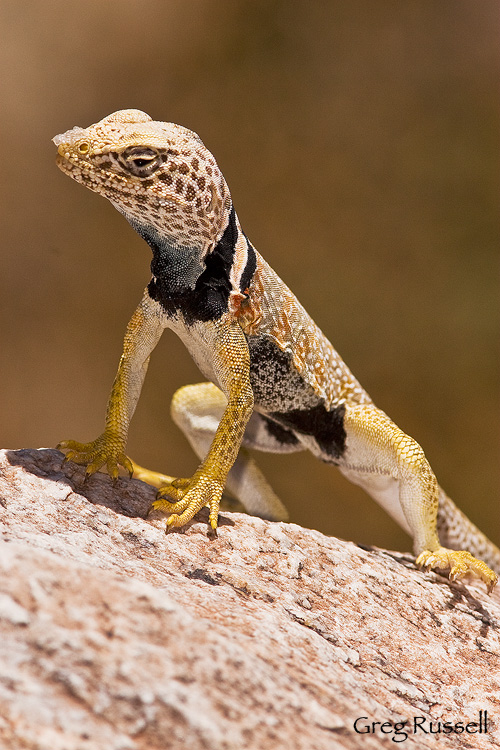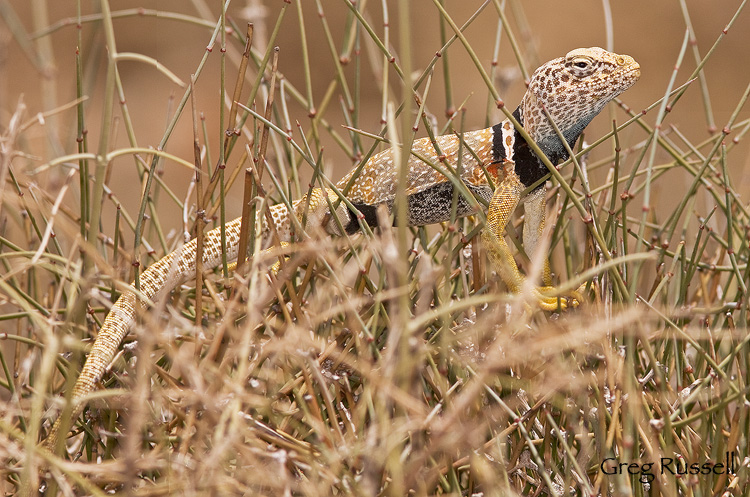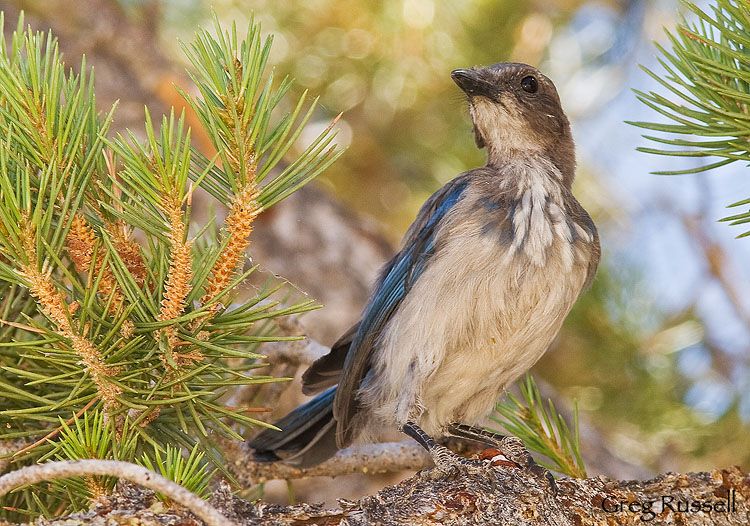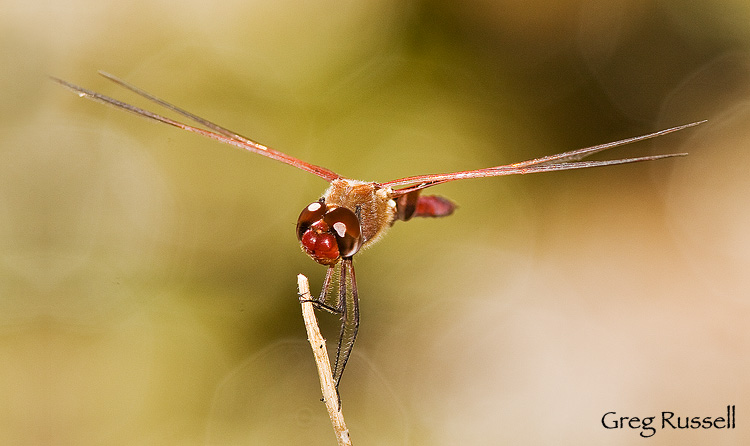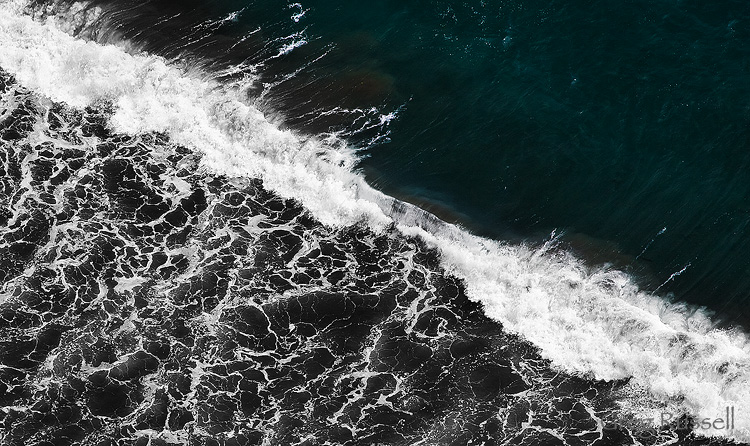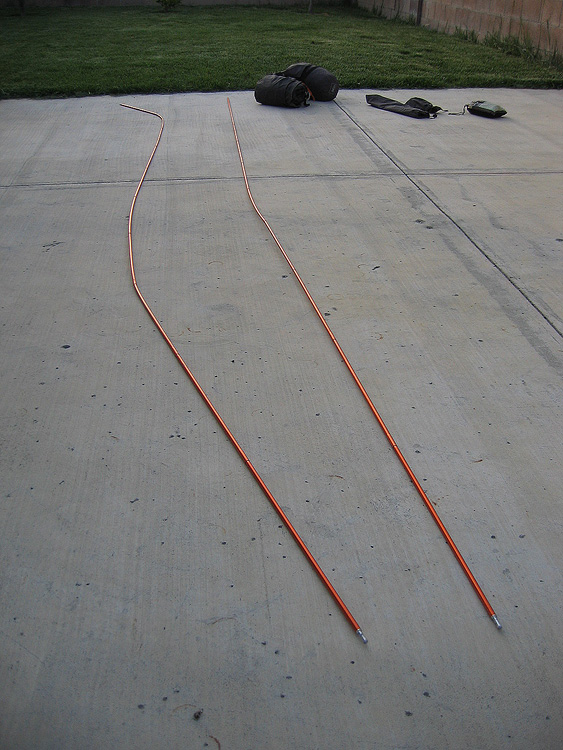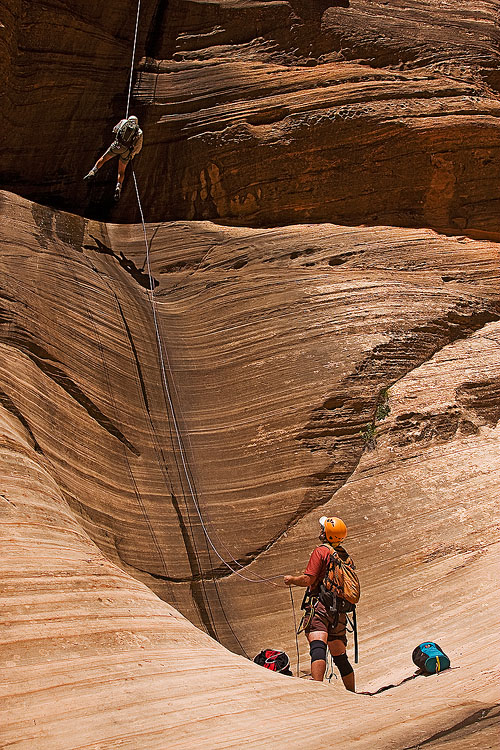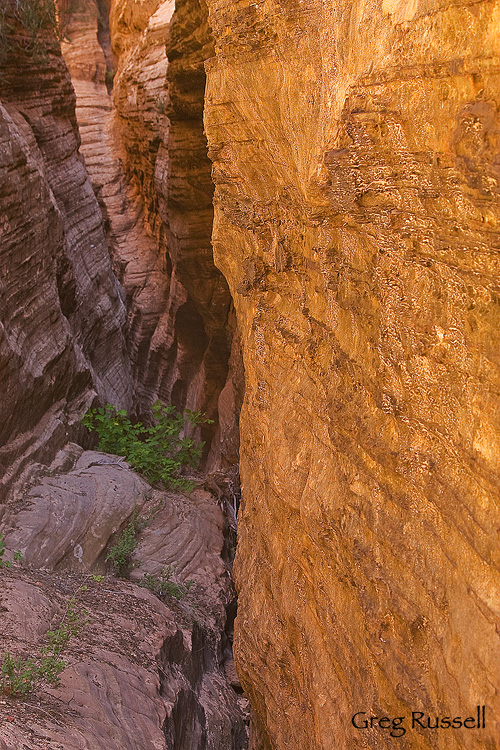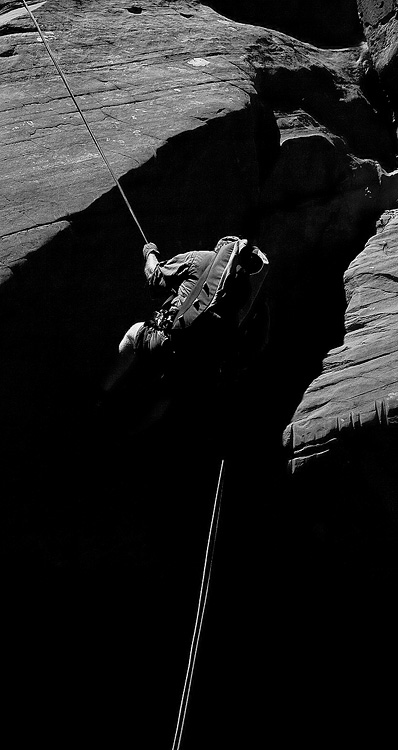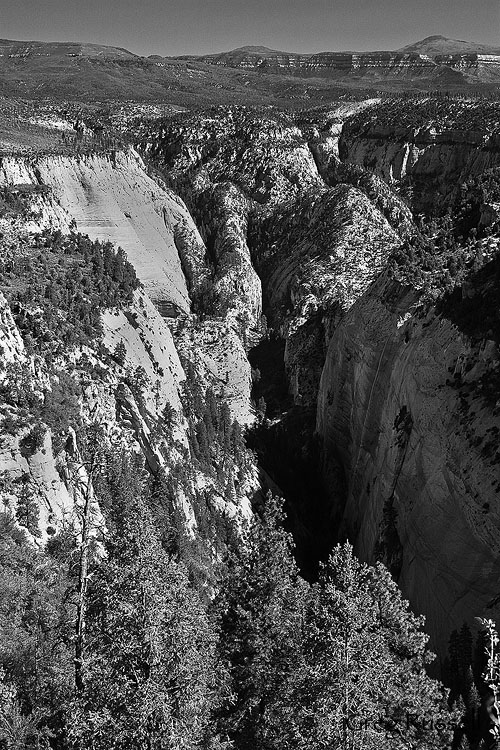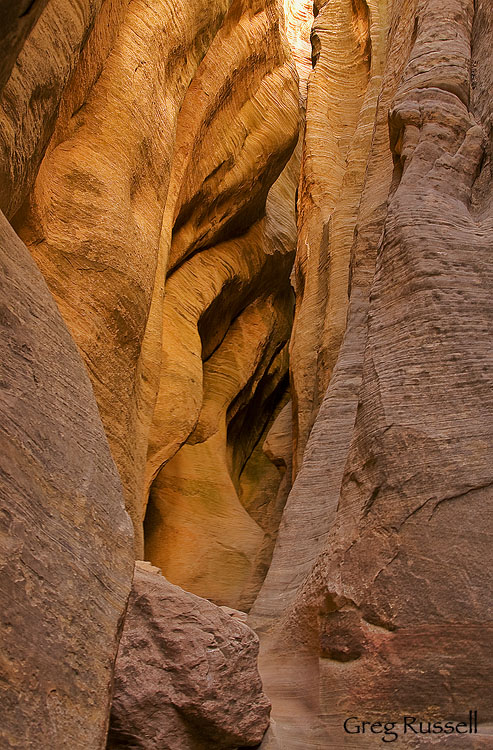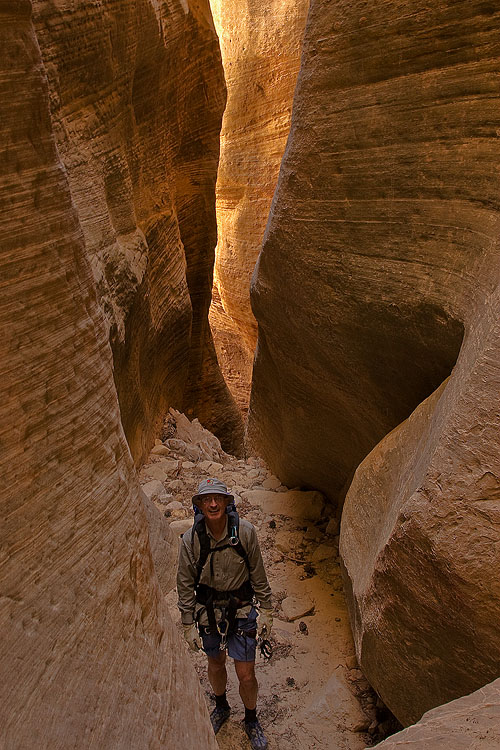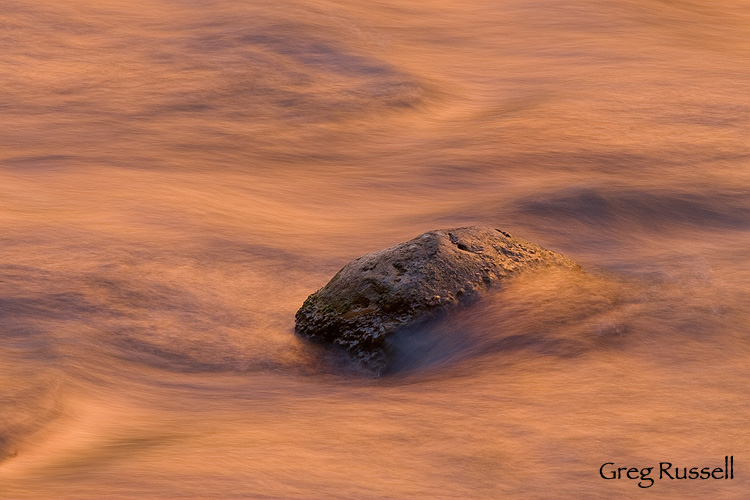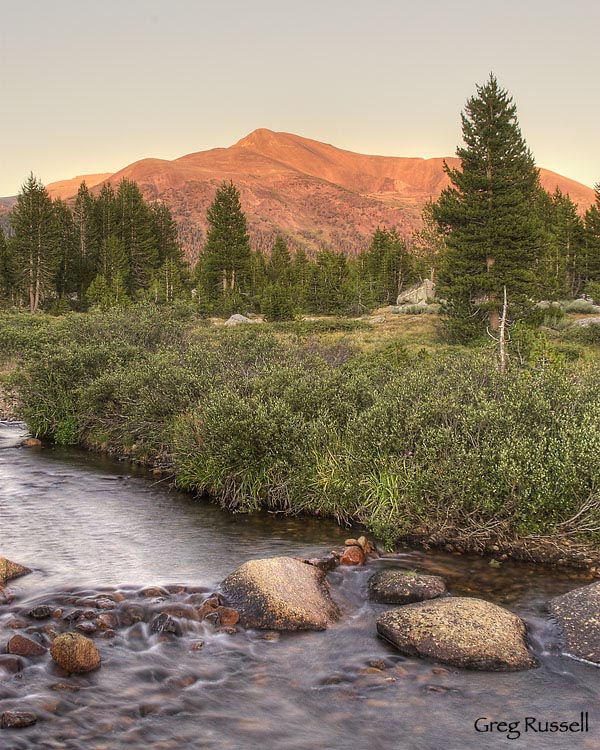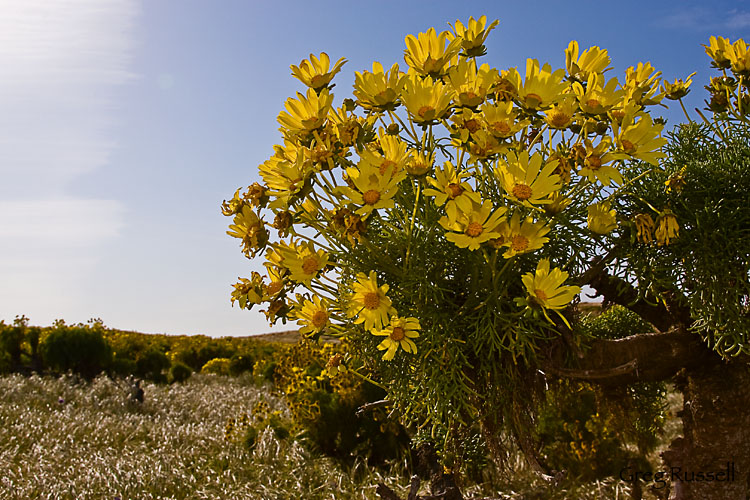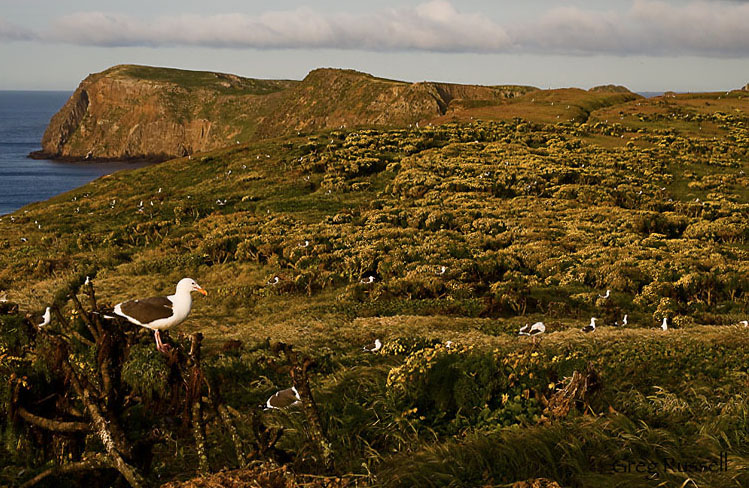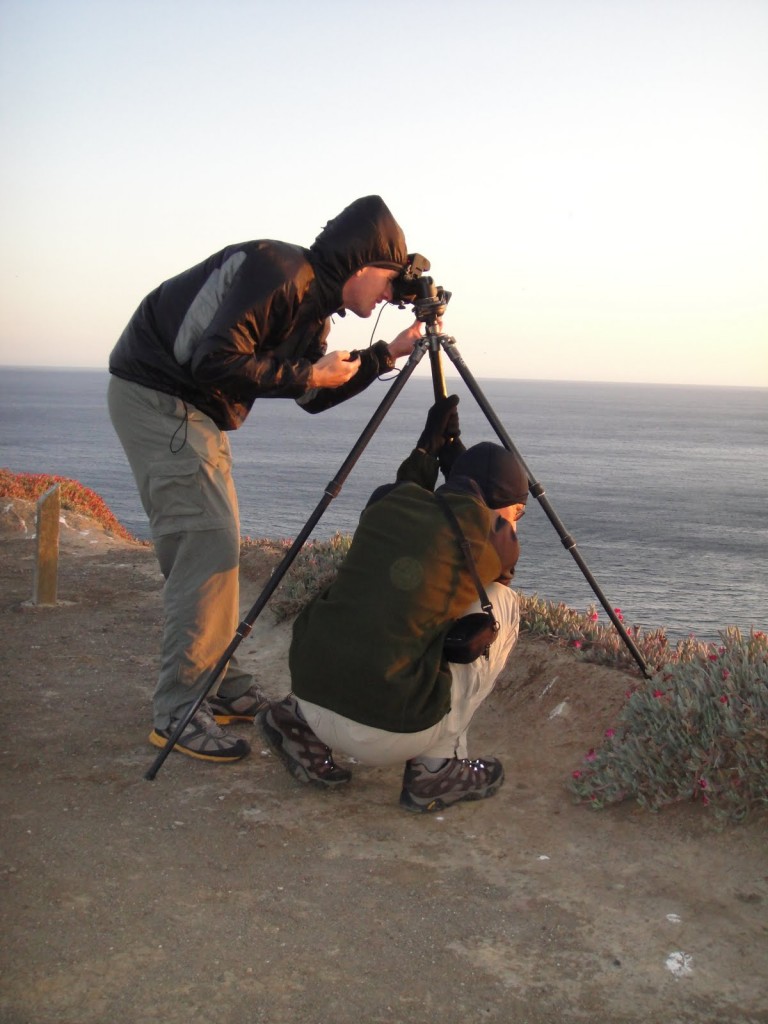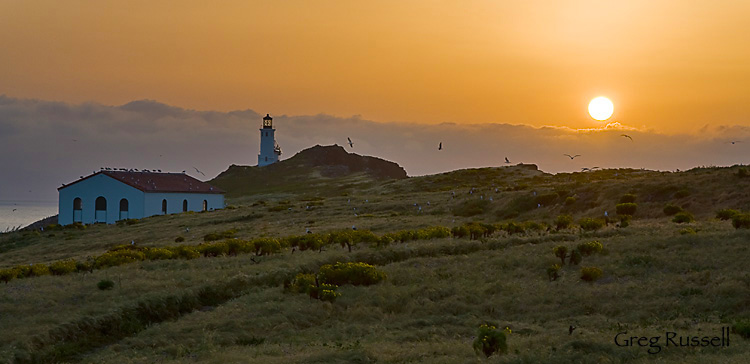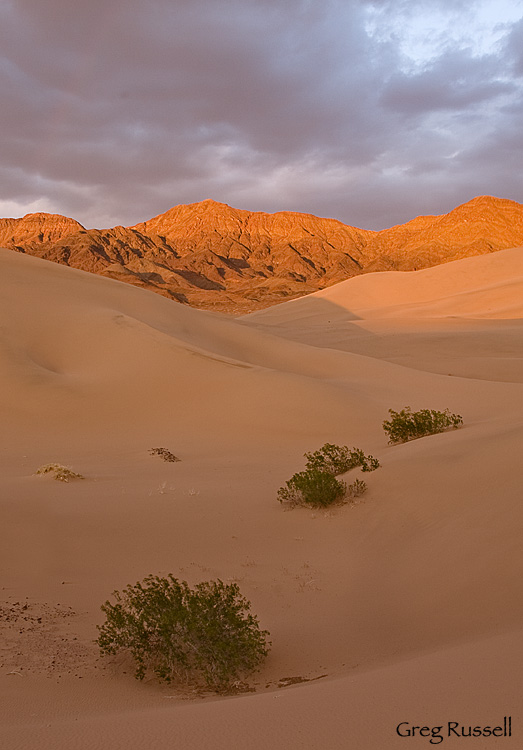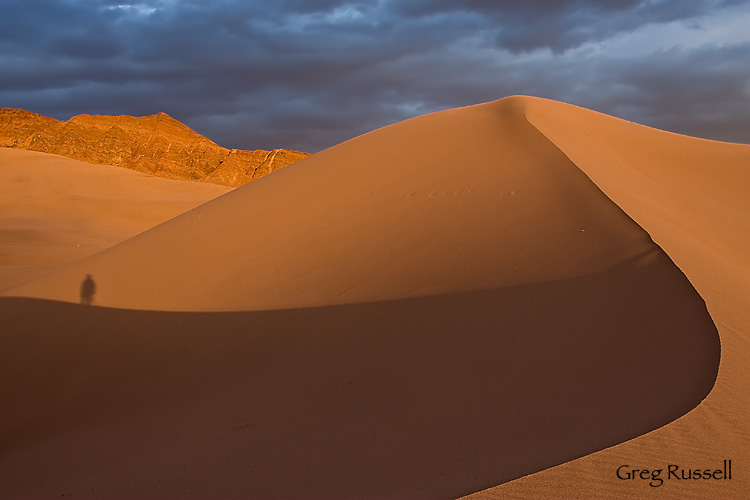Last week, I blogged about the huge variety of wildlife present in Joshua Tree National Park during the hot summer months. Among my favorite animals in the park are the collared lizards, Crotaphytus bicinctores. Collareds are aggressive, carnivorous lizards and are extremely flashy this time of of year. They mate in late May-early July, and because of that, they have some fantastic colors.
The rich yellows and oranges on the legs, blue under the neck and black in the pelvic and pectoral areas are all characteristic of this species, and in my opinion, what makes it so beautiful. The lizard above is a very accommodating male we found on the 49 Palms Oasis trail. The females, however, are much less vibrant.
Despite her more drab appearance, I still like the subtle hues present, especially the orange markings on the lateral sides of her body. After the breeding season, these orange markings will fade, leaving the females a brownish color. What do they mean? While its long been known that animals change color, plumage, etc during their breeding season, a 2004 study published in the journal Herpetologica suggests that in female collared lizards, the orange markings signal to males that she is sexually receptive. On average, orange female collared lizards were courted 5 times more frequently by males than non-orange females.
Its always important to remember that things that may just appear pretty (or sometimes, even ugly) to us very often have a function in nature.






